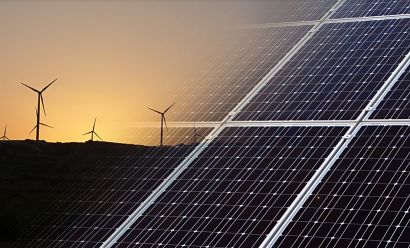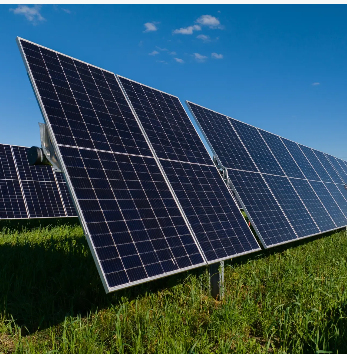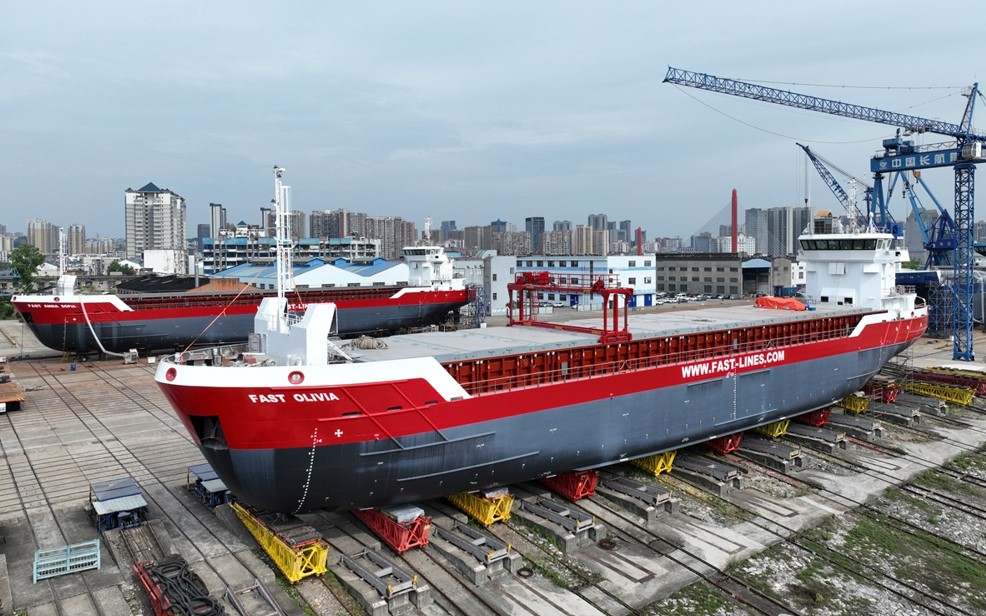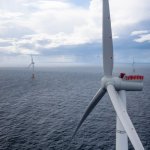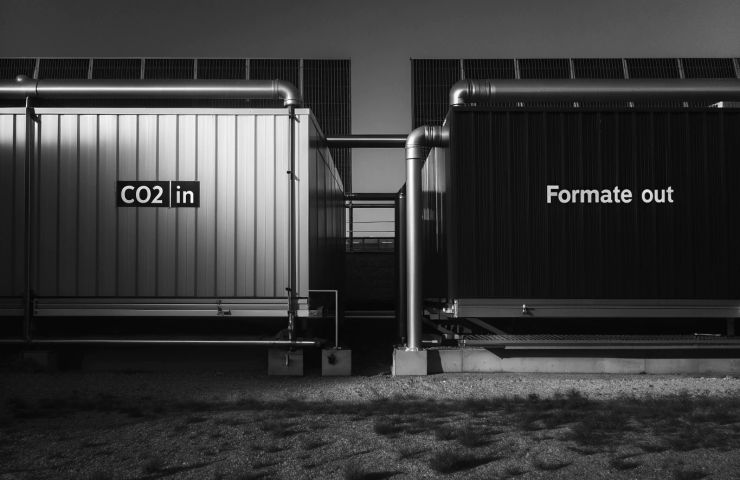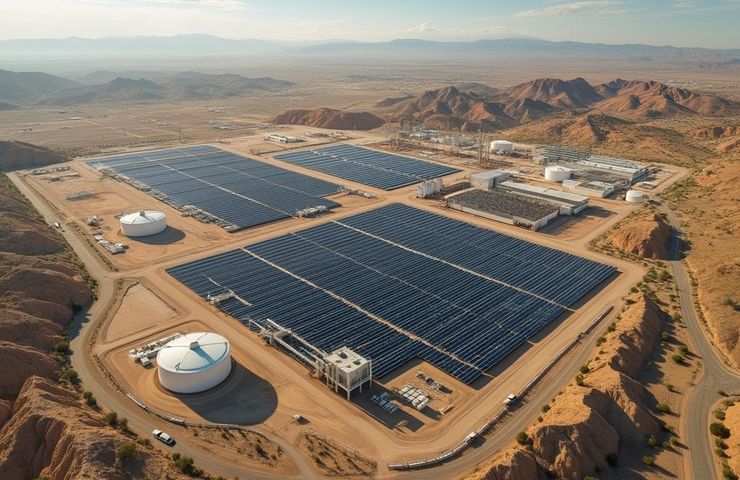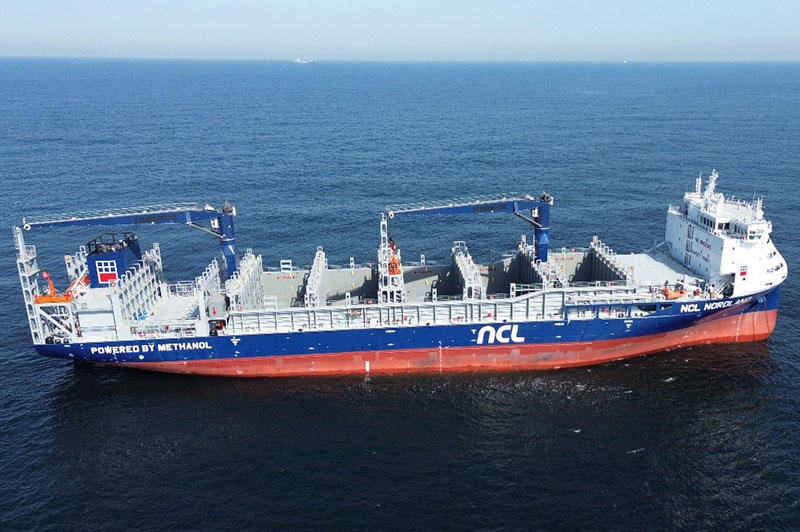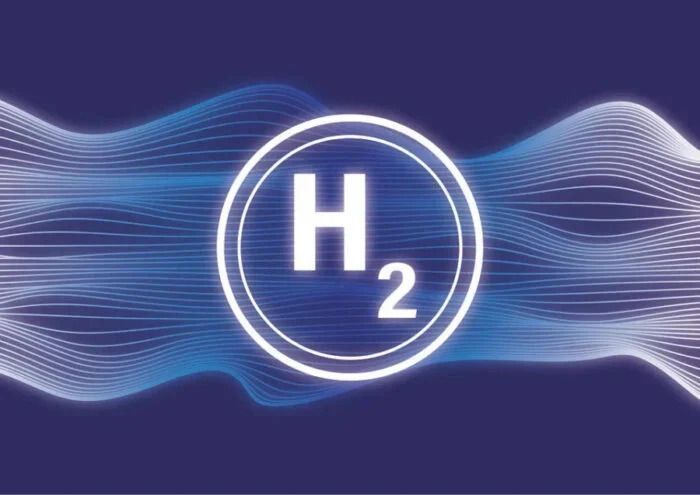Solar farms on rewetted peatlands – a double benefit for the climate?
Peatlands[1] account for 3% of the world’s land surface. As long as they are intact, they store large quantities of carbon dioxide (CO₂), one of the greenhouse gases (GHG) accelerating climate change. They even store twice as much CO₂ as all forests together. However, when drained or destroyed, they release great amounts of CO₂, hence turning from carbon sinks into emitters of GHG. Many peatlands were drained or even destroyed to serve other purposes, such as peat extraction, infrastructure development and drainage by forestry or for agricultural use. Until the 1980s, funding instruments of the common agricultural policy (CAP) of the EU, for instance, were even designed to facilitate the use of drained peatlands. In Europe, about half of the peatlands are considered to be damaged. Currently, drained and damaged peatlands account for 4% of anthropogenic GHG emissions worldwide. Extracted peat itself can be an energy resource, as a fuel for electricity or heat generation. However, the extraction process further destroys peatlands and the emission factor of peat is similar to fossil fuels – from …

Peatlands[1] account for 3% of the world’s land surface. As long as they are intact, they store large quantities of carbon dioxide (CO₂), one of the greenhouse gases (GHG) accelerating climate change. They even store twice as much CO₂ as all forests together. However, when drained or destroyed, they release great amounts of CO₂, hence turning from carbon sinks into emitters of GHG. Credits…
What's Your Reaction?

















